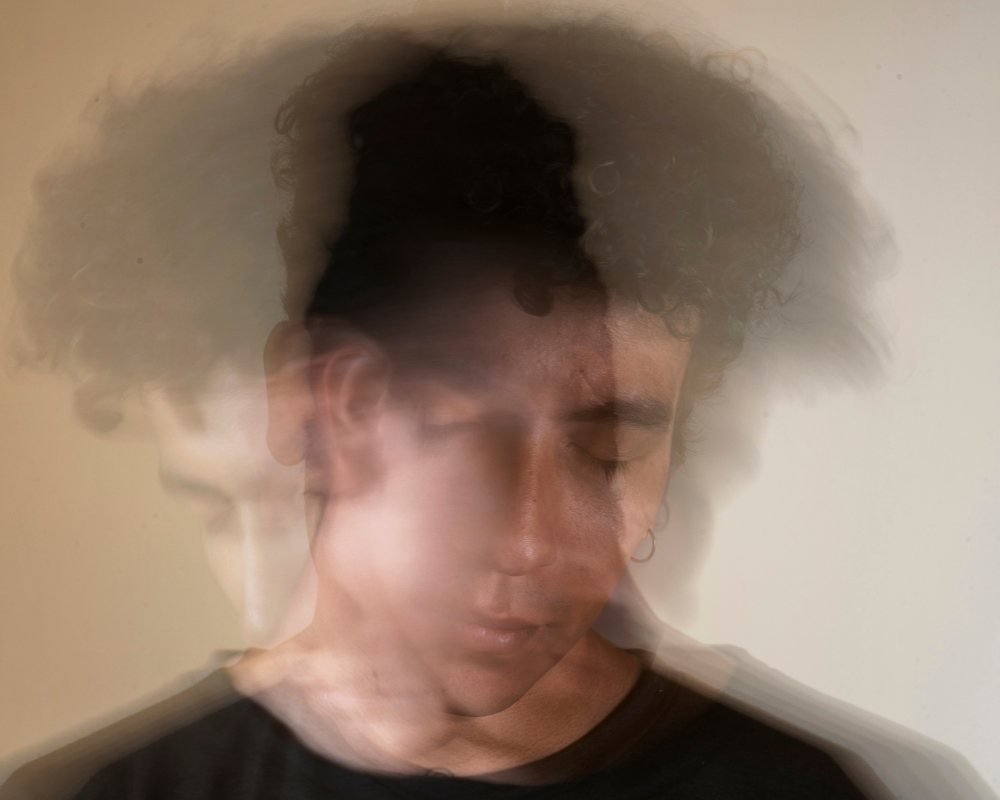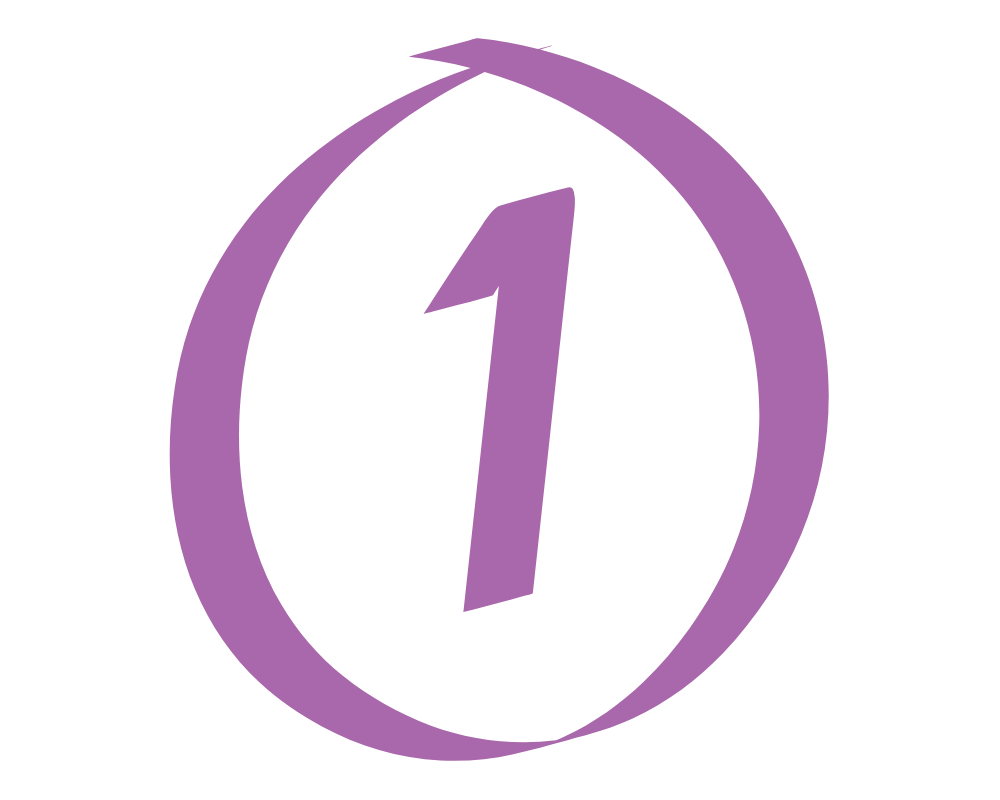We have all felt a bit jumpy and nervous at times, but does that count as a mental health problem? When you are experiencing the emotion, it feels intense. However, anxiety disorders have features not all of us meet.
Luckily, there are many remedies and natural alternatives to try. They solve the problem almost entirely in mild cases. But what if you are already diagnosed? In this article, we will briefly review what you need to know about this problem and whether TMS treatment is useful to reduce anxiety symptoms.
According to the American Psychological Association, postpartum depression is a persistent feeling of loneliness, sadness, and anxiety after giving birth. This is a mental health problem, unlike the “baby blues,” which is transient and not considered a mood disorder.
It is also different from postpartum psychosis. This is a more severe psychiatric problem where mothers experience hallucinations and delusions. It is much more common to experience depression after giving birth. It can be associated with postpartum hair loss and cause severe problems if left untreated.


Anxiety is a persistent sensation and appears not to have any boundaries. Nervousness is limited to a stressful event and resolves shortly after that.

Anxiety can be very intense, preventing you from doing what you need to do. Nervousness may give you a temporary block but won’t cause impairments in your everyday life.

In nervousness, the trigger is very easy to locate. Anxiety starts suddenly, and sometimes you cannot point out why.

Anxiety disorder is an umbrella term that includes several mental health conditions. Thus, symptoms of anxiety are dependent on the subtype. For example, here’s a list of generalized anxiety disorder symptoms:
TMS is short for transcranial magnetic stimulation. It is a treatment that doesn’t require cuts or needles. It changes the activity of the brain by sending signals through the scalp. It stimulates the brain and helps neurons make new connections. This is how TMS treatment improves the symptoms of anxiety.
TMS therapy for anxiety is considered a coadjuvant treatment. In other words, you’re not meant to leave the medical treatment or replace it. You’re also encouraged to continue visiting your therapist as you usually do.
There is an interesting fact about TMS therapy for anxiety. It works in patients who did not find relief with medication. So, adding TMS may help if your symptoms do not improve after only receiving medications.
There are many studies on TMS and anxiety symptoms. They show promising results after using TMS along with medical treatment. For example, we have a study conducted on anxiety patients with restless legs syndrome (RLS). They not only reduced anxiety symptoms but also improved their RLS after adding TMS treatment.
It was also used in another group of patients for six months. They were broken down into two groups: one received TMS and medical treatment. The other received medication only. The TMS group achieved a more significant improvement in symptoms, even in cases of drug resistance.
TMS for anxiety doesn’t have an established parameter yet. Different studies are focused on different areas of the brain at different frequencies. But most of them agree that results start to be noticeable after 10 to 20 sessions.
TMS therapy for anxiety is considered a coadjuvant treatment. In other words, you’re not meant to leave the medical treatment or replace it. You’re also encouraged to continue visiting your therapist as you usually do.
There is an interesting fact about TMS therapy for anxiety. It works in patients who did not find relief with medication. So, adding TMS may help if your symptoms do not improve after only receiving medications.
We have reviewed what is anxiety and how to detect this problem. But more importantly, there are many strategies to work around this condition. The best part is that you don’t need invasive procedures. Mild cases sometimes improve without medications.
Transcranial magnetic stimulation is a coadjuvant treatment for this and other mental health problems. It does not replace conventional therapy but increases the success rate in relieving the symptoms. If you are considering TMS for anxiety disorders, talk to your doctor about it. More importantly, do not discontinue medical treatment without clearance and expert supervision.
“If, while waiting for your appointment to be seen by a psychiatrist or Qualified Mental Health Professional, your situation deteriorates or you experience thoughts of harming yourself or others, please call 911 or proceed to the nearest emergency room immediately. You may also call the suicide hotline at 800-273-8255.
*** For any medical procedures, patients respond to treatment differently, hence each patients’ results may vary.
****Information on this site is not intended or implied to be a substitute for professional medical advice or treatment. All content contained on or available through this site is for general information purposes only.
*****By using this website and sending us your information you are giving us permission to contact you by electronic and non–electronic means. We also track the conversions and collect user data to improve marketing.
******If you are vision-impaired or have some other impairment covered by the Americans with Disabilities Act or a similar law, and you wish to discuss potential accommodations related to using this website, please contact us.
We specialize in treating moderate to severe depression for all ages with Transcranial Magnetic Stimulation (TMS therapy). TMS is the most advanced FDA-approved depression treatment.
